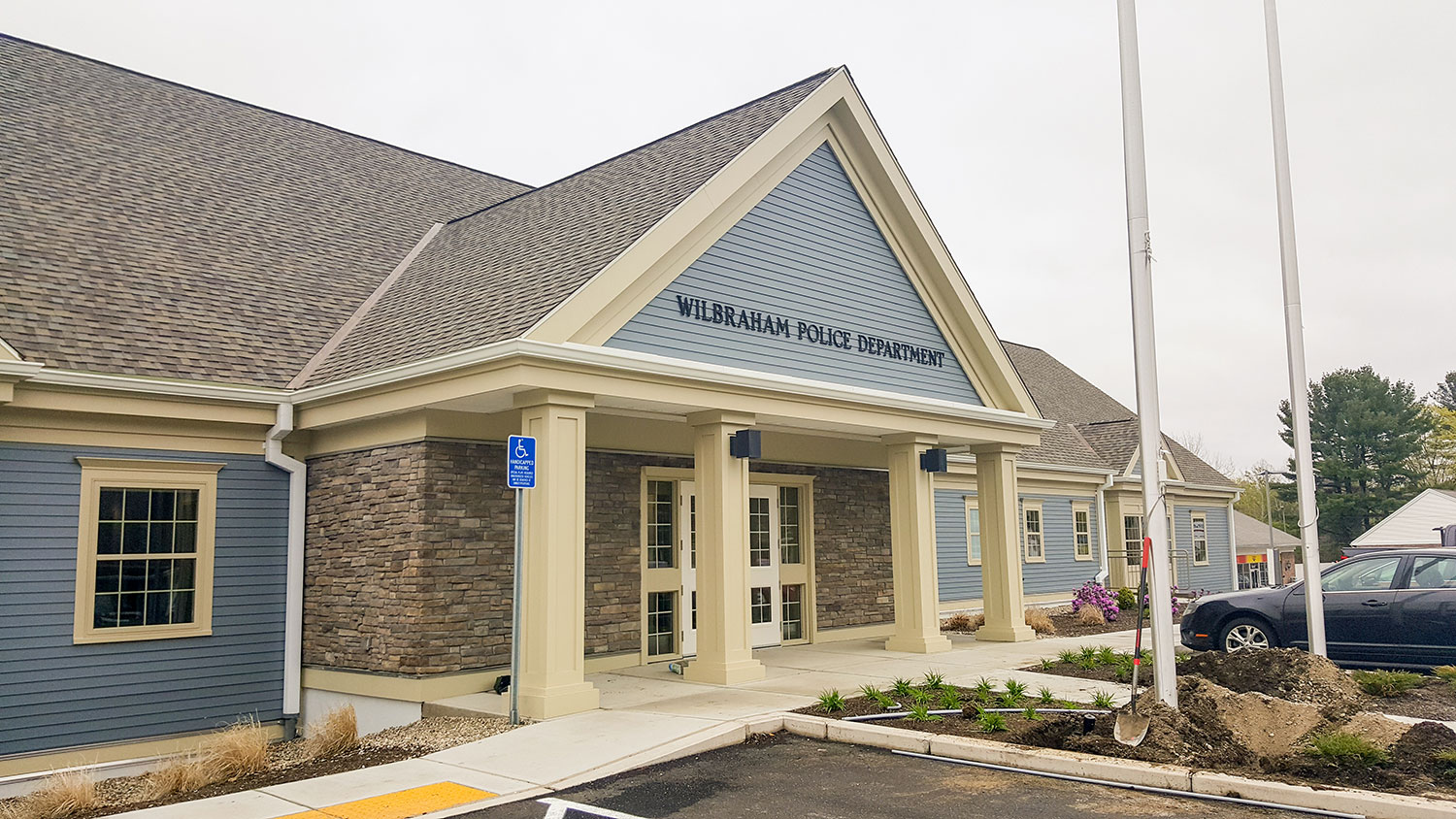Police departments across the country rely on their security and surveillance systems to keep their staff safe within the station, to secure weapons, to secure detainees, to protect the chain of custody of evidentiary materials, and to maintain the confidentiality of the records that the department maintains. It’s important to keep your systems up-to-date and to a level that they offer you a dependable level of protection.
When I designed my first police station 30 years ago, we used small public service windows with thick ballistic, vision distorting, glass. There were bulky cameras with clunky brackets connected via coaxial cable back to CCTV control units in dispatch that were the size of stereo receivers. Exterior cameras were even bulkier in their temperature-controlled housings. The CCTV monitors at the main desk or in dispatch were cathode ray tube units, with small screens and poor resolution. We were lucky to get four images on a split screen of sufficient quality to view from more than a few feet away. When designing a surveillance system in those days, we limited the number of cameras to reduce cost, to minimize monitor real estate, and to simplify control systems.
On the access control side, it took long discussions with police and facilities staff to decide which doors would get the access controls and which ones would not as we balanced the high cost of hardware, installation, and head-end systems against the need for security and accountability.

